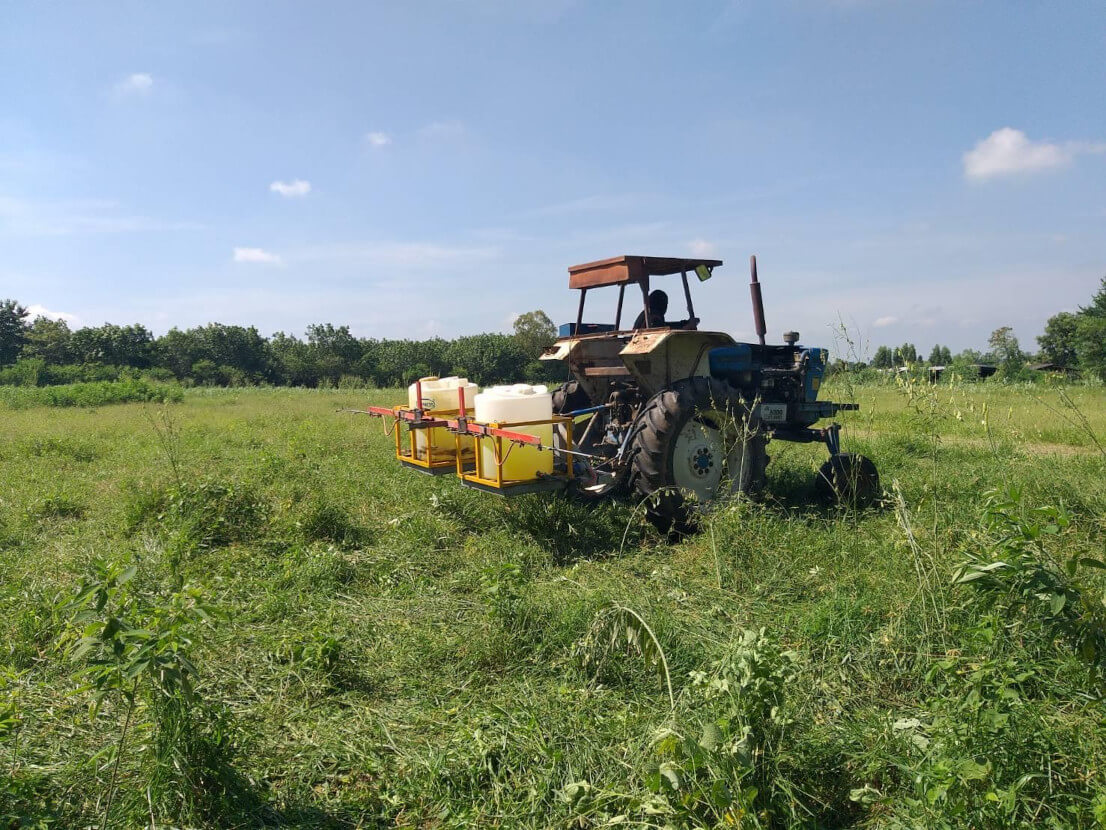Insight Focus
- Preparing for another cane plantation in October for crop 23/24.
- Cane not as tall and cassava size become smaller due to rain absence in Q2.
- Rainfall is the number one concern now.
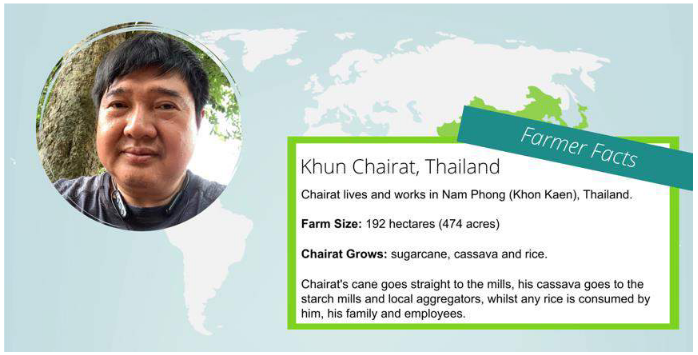
What have you been up to?
This month I am now satisfied with my cassava root size. I’ve started harvesting it and preparing the land for another cassava crop, which I will plant in the next 2 weeks.
I’m also preparing land to plant sugarcane in October: tilling land, removing week with herbicide and preparing the soil.
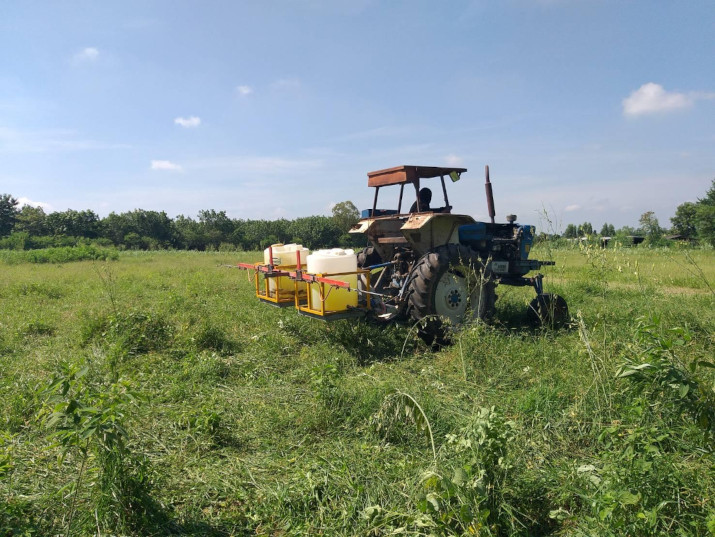
What stage is your crop at?
Sugarcane is now growing, the leaves are healthy and green, but not as tall as I expected at this age when compared to a previous year.
The same goes for cassava. The size of the cassava root is roughly 10-15% lower than the normal size.
But thanks to the absence of rainfall, 12-13 month-old roots haven’t rotted much which is good news.
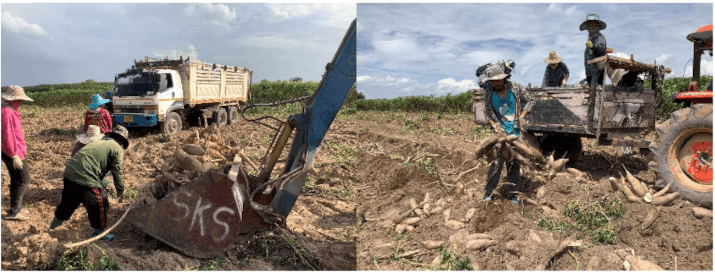
However, cassava mosaic disease (CMD) is spreading in the nearby area. I think it came with infected seed brought from another province.
It can cause the leaves to misshape and stunt, and causes smaller roots because there isn’t enough photosynthesis activity to supply nutrients.
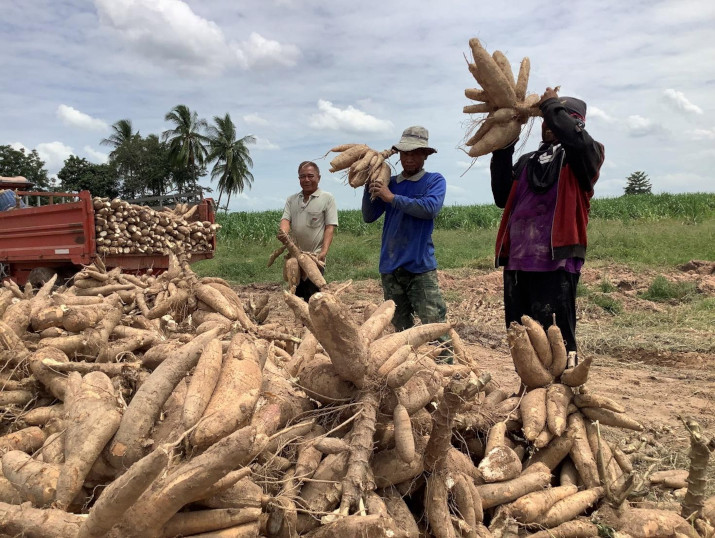
What’s your biggest concern?
Of course, rainfall is still the number one concern for me. As I mentioned before, in Khon Kaen province farmers mostly rely on natural rainfall for almost every crop, including cane.
In my area the soil is mostly sandy soil, so that is why we usually rely on natural rainfall and apply a little more fertilizer than average to enhance growth.
However, there is not enough rainfall and it’s been inconsistent this year. Cane leaves are green and healthy, but the plant is not as tall as in previous years. Cane is skinny tall while last year it was tall and fat.
If the next 2 months the rain is still like this I believe that sugar yield per tonnage will be lower because the rain to enhances sugar development.
